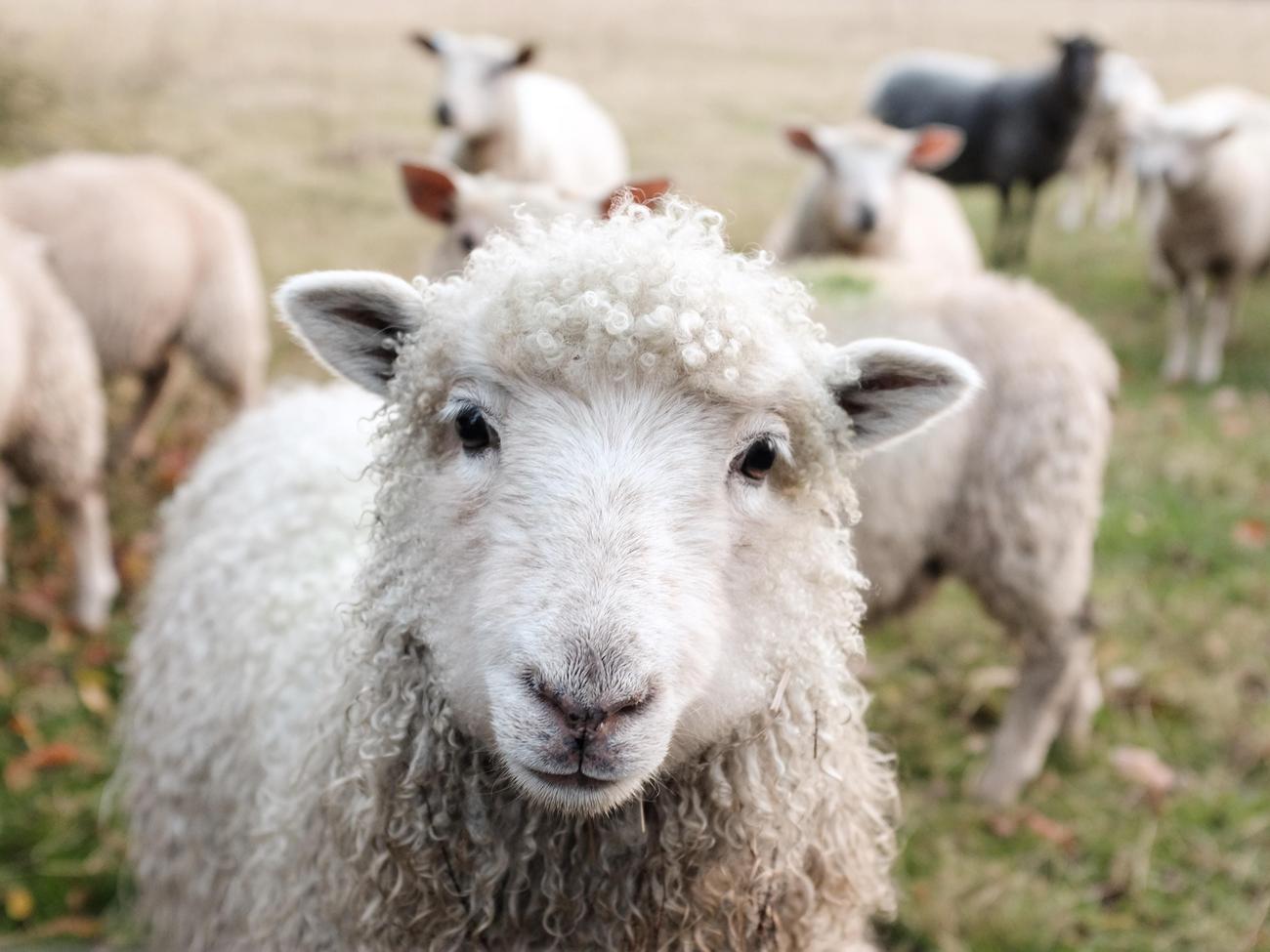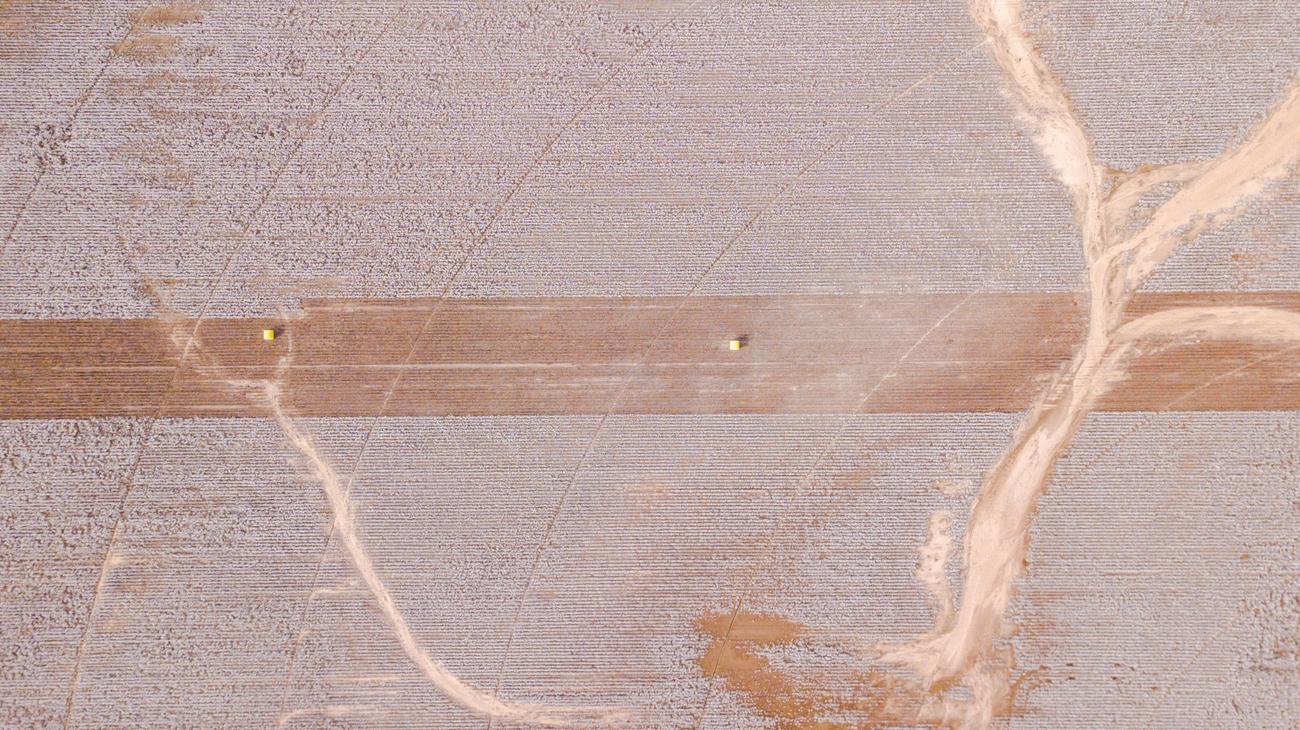In today’s world, sustainability is more than just a buzzword; it has become a necessity. From transportation to energy production, industries around the globe are seeking innovative solutions to minimize their ecological footprint. One industry that has been under scrutiny for its environmental impact is cotton farming. However, amidst the challenges, a ray of hope shines through sustainable practices. In this article, we will explore how these practices are revolutionizing cotton farming and paving the way for a greener future. So, sit back, relax, and let’s dive into the world of sustainable solutions in cotton farming!

Sustainable Practices in Cotton Farming
In the quest for a greener and more sustainable future, the adoption of sustainable practices in cotton farming is of paramount importance. Cotton farming, a cornerstone of the textile industry, poses significant challenges to both the environment and local communities. This article will delve into the innovative and responsible techniques being implemented by cotton farmers worldwide to combat these challenges and promote sustainability throughout the cotton supply chain.
The cotton industry, like many others, is beginning to recognize the urgent need for sustainable practices. By maximizing land use efficiency, cotton farmers can both reduce their environmental impact and increase crop productivity. Toward this end, cotton farmers are embracing various practices that revolutionize their farming methods.
One such practice is the use of better genetic varieties and grower management. This approach enables farmers to increase cotton fiber yields while minimizing the need for excessive inputs such as fertilizers and pesticides. By adopting these improved varieties and optimizing their growing methods, cotton farmers can achieve higher yields without compromising the environment.
Improving soil health is another crucial aspect of sustainable cotton farming. Farmers are implementing crop rotation, no-till practices, and cover crops to enhance soil quality and fertility. This not only reduces soil erosion but also mitigates the need for chemical inputs. Sustainable irrigation is also paramount, and many farmers are now utilizing improved irrigation scheduling tools, such as computer programs and sensors, to optimize water usage.
To further enhance precision and efficiency, cotton farmers are embracing geospatial technologies. By utilizing these advanced tools, they can precisely apply inputs and monitor crop health, ultimately reducing waste and environmental impact. Furthermore, the integration of digital technology with farming practices empowers farmers with greater predictive power, enabling them to make informed decisions and optimize resource allocation.
While sustainable practices are crucial in the cotton industry, it is essential to acknowledge the impact of cotton farming on the environment. The production of conventional cotton often involves the extensive use of water, pesticides, and synthetic fertilizers, leading to water pollution, soil degradation, and biodiversity loss. By transitioning to sustainable practices, farmers can mitigate these environmental effects and contribute to a greener future.
However, the journey toward sustainable cotton farming is not without its challenges. Farmers face numerous obstacles, including limited access to resources, knowledge, and financing. Furthermore, transitioning to sustainable practices requires a significant mindset shift and a willingness to adapt to new techniques. Despite these challenges, many organizations and individuals are stepping up and leading the way toward responsible and sustainable cotton production.
One such sustainable practice in cotton farming is the implementation of crop rotation. This entails alternating cotton cultivation with other crops, such as legumes or grains, on the same land. Crop rotation helps break pest cycles, reduces the need for pesticides, improves soil fertility, and enhances biodiversity on farms. It is a win-win solution that benefits both farmers and the environment by minimizing chemical inputs and improving soil health.
Numerous success stories abound within the world of sustainable cotton farming. Organizations like the Better Cotton Initiative are at the forefront of promoting sustainable practices and ensuring a greener future for the cotton industry. They work with farmers, providing training and support to adopt sustainable techniques. By adhering to strict principles and criteria, these cotton sustainability programs encourage farmers to adopt sustainable practices, ultimately transforming the cotton supply chain.
Maintaining soil health is a vital aspect of sustainable cotton farming. Healthy soil acts as a reservoir for nutrients and water, promoting optimal crop growth and minimizing the need for synthetic inputs. Integration of sustainable practices like crop rotation, no-till, and cover crops all contribute to nurturing the soil, fostering a thriving ecosystem beneath our feet.
In conclusion, promoting sustainability in cotton farming is imperative in our journey toward a greener future. By implementing sustainable practices, cotton farmers can minimize their environmental impact, enhance land use efficiency, and contribute to the well-being of local communities. Sustainable cotton farming offers a tangible solution to the challenges faced by the industry and provides an opportunity to forge a responsible and environmentally conscious path forward. So let us join hands and bring about a revolution in cotton farming – a revolution that will pave the way for a brighter and greener future for generations to come.
“Sustainable practices in cotton farming are the seeds of change that will bear the fruits of environmental stewardship and community well-being.”
Cotton farming has a rich history, with a wealth of fascinating facts to discover. From its cultivation techniques to its impact on the environment, there is much to learn about this versatile crop. If you’re curious to delve deeper into the world of cotton farming, check out our comprehensive guide on the Facts About Cotton Farming. Click here to explore all the intriguing details: Facts About Cotton Farming.

FAQ
Question 1:
What is the importance of sustainable practices in cotton farming?
Answer 1:
Sustainable practices in cotton farming are crucial because they help minimize the negative impact on the environment, preserve soil health, promote biodiversity, and ensure the long-term viability of the cotton industry. By adopting sustainable practices, cotton farmers can improve resource efficiency, reduce chemical inputs, and enhance the overall sustainability of cotton production.
Question 2:
What practices are implemented by cotton farmers to maximize land use efficiency?
Answer 2:
Cotton farmers employ various practices to maximize land use efficiency, including:
– Increasing cotton fiber yields with better genetic varieties and grower management.
– Improving soil health through crop rotation, no-till practices, and cover crops.
– Adopting improved irrigation scheduling tools like computer programs and sensors.
– Using geospatial technologies to expand precision applications.
– Implementing digital technology to provide greater predictive power to farmers.
Question 3:
What impact does cotton farming have on the environment?
Answer 3:
Cotton farming can have significant environmental impacts, primarily through the use of chemicals, water consumption, and land degradation. However, by transitioning to sustainable practices, such as organic farming and efficient water management, cotton farmers can mitigate these negative effects, conserve natural resources, and minimize pollution.
Question 4:
What are the challenges faced by cotton farmers?
Answer 4:
Cotton farmers face several challenges, including:
– Pest and disease management.
– Water scarcity and inefficient irrigation practices.
– Soil erosion and nutrient depletion.
– Fluctuating market prices.
– Limited access to resources and technology.
However, by implementing sustainable practices and adopting innovative solutions, these challenges can be addressed effectively.
Question 5:
What are the benefits of crop rotation in sustainable cotton production?
Answer 5:
Crop rotation is a key practice in sustainable cotton production and offers several benefits, such as:
– Breaks the cycle of pests and diseases, reducing the need for chemical inputs.
– Enhances soil fertility and nutrient availability through the incorporation of diverse crops.
– Improves natural soil structure and water-holding capacity.
– Reduces erosion and improves soil health.
– Enhances biodiversity and supports beneficial insects, improving ecosystem resilience.
- Unlock what part of speech is is: Master English Grammar Now - April 2, 2025
- Unlock the best US history books: A curated list for insightful reading - April 2, 2025
- First Lady Book: A History of Power and Influence - April 2, 2025
















